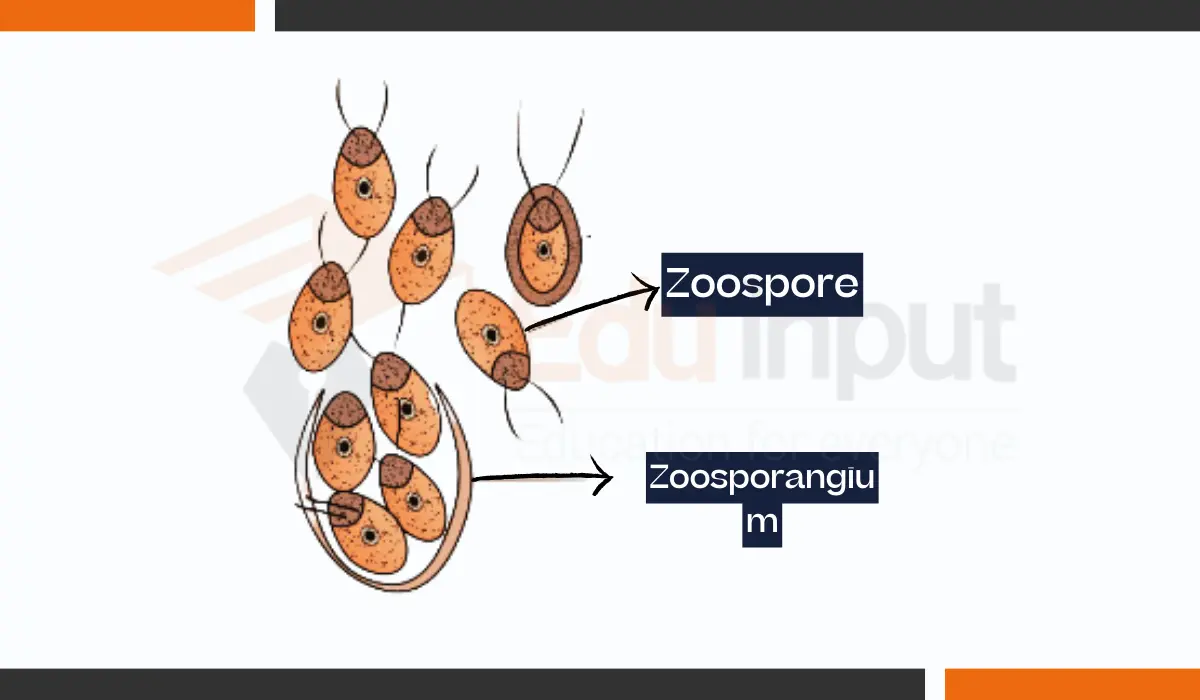Classification Of Fungi-An Overview
A fungus is a type of eukaryotic microorganism that feeds off dead organic matter. There are many different types of fungi, each with its unique characteristics. The most commonly known types of fungi are mushrooms, molds, yeasts, and mildews.
Mushrooms are a type of fungus that grows underground and have been around since prehistoric times.
Molds are another type of fungus that grows on decaying organic matter and is often seen in bread, cheeses, and meats. Yeast is a type of fungus that lives in water and produces alcohol. Mildew is a type of fungus and is commonly associated with damp conditions.
Classification Of Fungi
Fungi are divided into the following groups:
Chytridiomycota
Chytridiomycota does not have true mycelium. Instead, they are unicellular. Their bodies may be naked or enclosed by chitin. Some parasitic species have rhizoids for anchorage. Asexual reproduction takes place by zoospore formation. Sexual reproduction is very rare and is isogamous when it does occur.
Example: Synchytrium
2. Monoblepharidiomycota
The mycelium of these fungi consists of branched hyphae that are joined end-to-end. These hyphae branch out and develop rhizoids that attach the fungi to their host tissues. Asexual reproduction in these fungi occurs via uniflagellate zoospores, while sexual reproduction is oogamous.
Example: Monoblepharis.
3. Plasmodiophoromycota
Plasmodiophoromycota’s thallus is unadorned. When fully mature, it is composed only of spores. These spores germinate and become swarm cells. Each swarm cell has two flagella of unequal size. The swarm cells may function as zoospores.
Example: Plasmodiophora
4. Oomycota
Mycelium is made up of branched hyphae that share common cytoplasm. Septa appear in older hyphae and function to partition the cells. Food absorption from hosts occurs via haustoria. Asexual reproduction can occur by way of motile or non-motile spores.
Non-motile spores are referred to as conidia, while motile spores are zoospores that have two flagella. Sexual reproduction in this species is monogamous, meaning that the female gamete is much larger than the male gamete.
Examples: Pythium
5. Zygomycota
Mycelium is composed of coenocytic hyphae, Asexual reproduction occurs by spores (aplanospore) formation. These spores are produced in sporangia. Sexual reproduction takes place by conjugation between two hyphae Zygote is changed into a thick-walled zygospore. Example: Rhizopus
6. Ascomycota
This group of organisms is incredibly diverse, with some being unicellular like yeasts and others being giant cup fungi like motels. The hyphae (the filaments that make up the body of the fungus) can be either monokaryotic or dikaryotic. Asexual reproduction takes place via conidia formation, while sexual reproduction occurs via ascospore formation.
Examples: Yeasts, morels, truffles
7. Basidiomycota:
The first stage of a basidiomycete’s life cycle is characterized by mononucleate hyphae. However, during the second phase, these hyphae become dikaryotic. The basidium is a structure that is produced by basidiomycetes. it is on this structure that basidiospores are produced. Basidiomycetes also form characteristic fruiting bodies.
Examples: Agaricus,
8. Deutromycota (fungi imperfecti):
Deutromycota is a group of fungi that includes all fungi that don’t sexually reproduce. It’s a heterogeneous group, which means that its members are varied and don’t have much in common with each other. Most of these fungi are more closely related to Ascomycetes, which do sexually reproduce. Some are related to other groups, too.
Example: Aspergillus




Leave a Reply